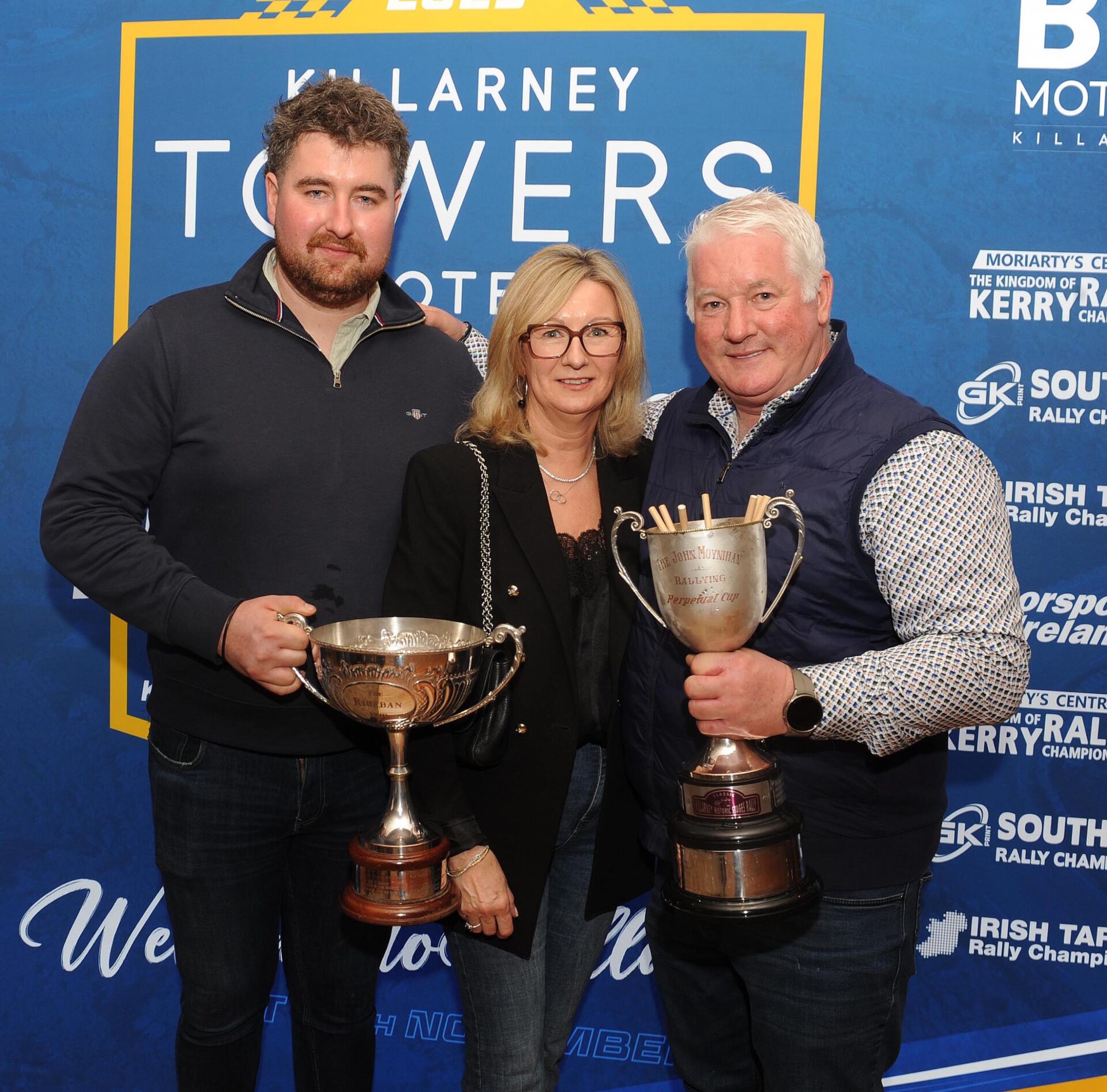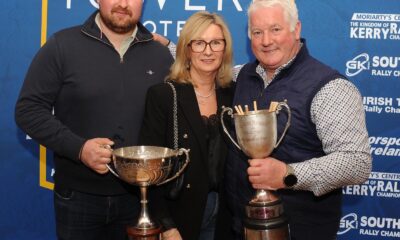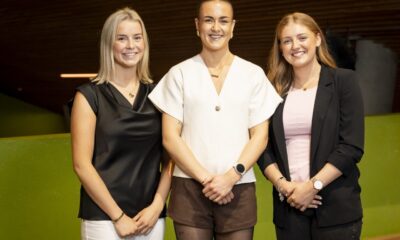News
The second biggest bank failure in history

By Michael O’Connor, theislandinvestor.com
The answer…about four days.
This week was dominated by the second-largest bank failure in US history.
A lot has already been written about the collapse of Silicon Valley Bank (SVB), but let's break it down in simple terms and look at the potential implications for investors.
Firstly, the issues that unfolded in SVB were not driven by fraud or questionable lending policies but by an asset-liability mismatch. SVB used liquid customer deposits to purchase longer-dated but safe, treasuries and MBS securities.
Tech-based start-ups and VC companies represented the majority of SVB's customers. These customers made a lot of money in recent years as the value of their companies skyrocketed, and they needed somewhere to put all this cash. So they gave it to SVB.
Typically banks will make profits by taking that money and lending it out to customers at higher interest rates in the form of loans. However, the majority of SVB's customers didn't need loans, so SVB invested all that cash in longer-dated bonds.
So, they now have very liquid liabilities (deposits) being offset by not-so-liquid assets (longer-term bonds).
There is nothing inherently wrong with this. Banks do it all the time. However, this interest rate risk would typically be hedged using swaps, but SVB had no such interest rate hedges in place to protect itself. This was the fatal mistake. Some shocking risk management decisions left them making a massive bet on the direction of interest rates. As you have probably guessed by now, the gamble didn't pay off.
As interest rates went up, the bonds went down in value.
Still, this is a relatively avoidable disaster, provided all depositors don't require their money back at the same time.
Lo and behold, some customers got nervous and withdrew their deposits. As more customers did this, SVB had to sell some of the 'safe' bonds they had purchased at a $1.8bn loss in order to give money back to customers.
Then some venture capital companies advised their start-ups to get their money out of SVB, which spooked customers further.
From there, more money is withdrawn, so SVB sells more bonds and books more losses … the vicious cycle feeds on itself until it's all over.
Two takeaways
While these latest developments are reminiscent of the GFC days, there are some crucial differences.
In my opinion, the risk of contagion remains low, mainly due to the Fed's decision to step in and protect deposit holders on Sunday evening.
Also, large US banks (above $250 Billion) have greater regulation scrutiny, have less concentrated exposure to a single niche and have smaller investment portfolios relative to total assets. Almost 60% of SBV's total assets were held in its investment portfolio vs a 25% average for US banks.
From here, I expect to see further concentration in the banking sector. Customers will flow from Tier 2 banks towards the larger (too big to fail) fully regulated institutions.
People are finally starting to realise that banks don't hold your money safely in a vault. You are simply a largely unsecured creditor in a system leveraging your money to make profits.
Bank deposit rates remain close to zero, so you are getting all the risk and none of the reward.
At the very least, any money that isn't needed for day-to-day living should be moved into very short-term T-bills or Euro bonds. These provide higher returns and a better level of protection for your assets. It's a no-brainer.
If you would like me to help you go from uninvested to invested, email mike@theislandinvestor.com or scan the QR code.















